Question
Can you explain what is meant by microphone modes and what are the different ones?
Answer
We use “microphone modes” as an umbrella term to refer to the spatial directivity of the hearing aid microphone(s). However, there also may be terms included under this umbrella that refer to the technology used to achieve directionality, and even the way technologies are combined to achieve a particular goal. Today’s hearing aids often have two microphones per device, and binaurally fitted devices may use a network of all four microphones on the two devices to create directionality. Because traditional directional microphones with two sound ports have disappeared from the major hearing aid brands on the market, the following overview of microphone modes will consider only directionality that is achieved with two or more omnidirectional microphones.
Omnidirectional: monaural or binaural fit
The simplest microphone mode is the omnidirectional microphone. It may be the only microphone on the device, as is common with small custom hearing aids, or it may be the front-most microphone of two. This mode is used both in monaural fittings, as shown in Figure 1, or binaural fittings. The microphones on each device of a binaural fitting do not communicate with each other although there may be data shared that control and change microphone modes based on the listening environment. Advantages of the omnidirectional microphone mode are good sound quality, audibility all around, and availability of interaural timing (ITD) cues. There is no signal-to-noise ratio (SNR) advantage based on location of speech and competing sounds. However, it should be mentioned that microphone location within the pinna or ear canal, such as for custom hearing aids and the ReSound M&RIE receiver, do provide an SNR advantage for sounds in front of 1 to 2 dB compared to hearing aids worn over the ear.
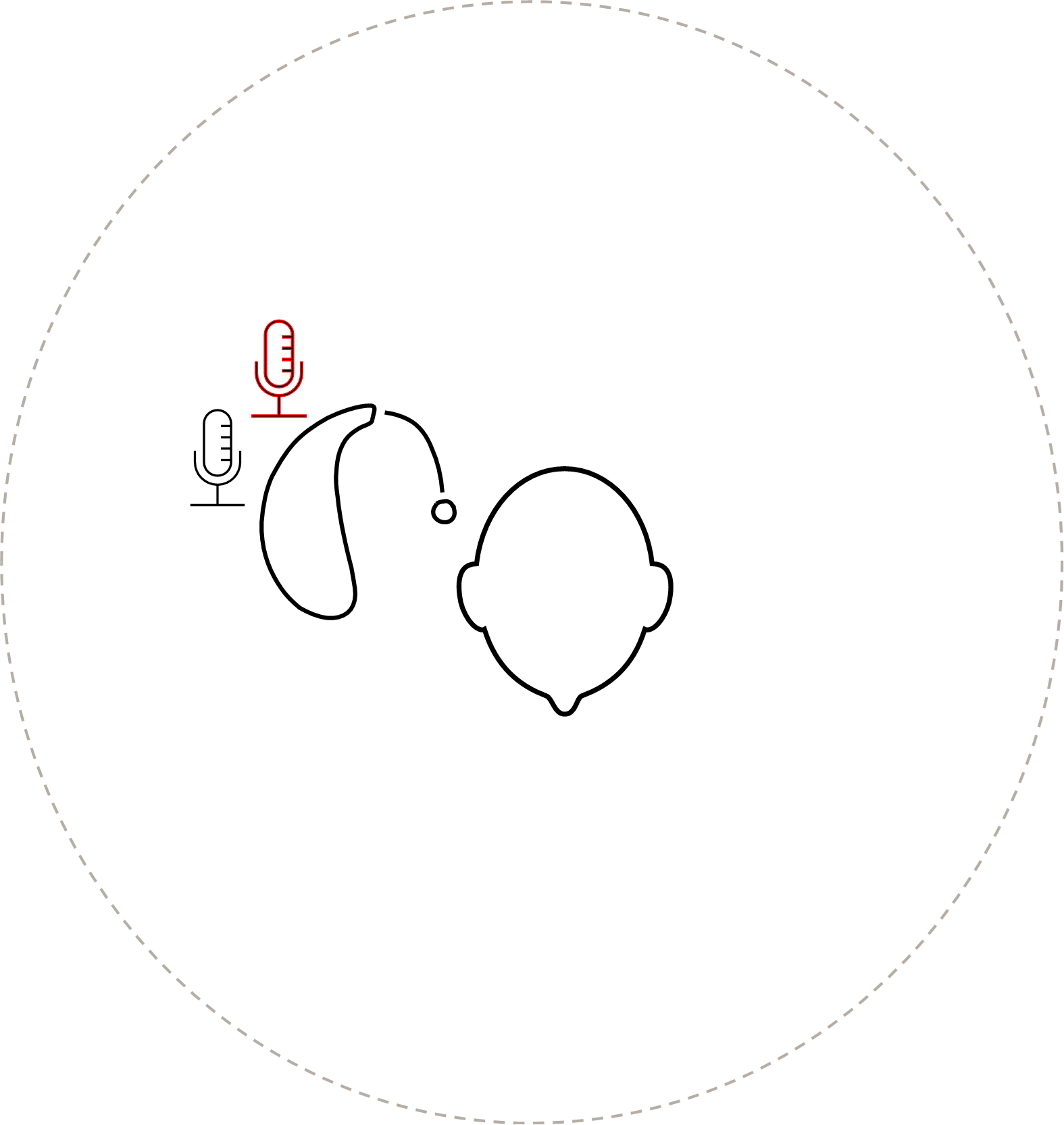
Figure 1. The omnidirectional microphone mode on a dual microphone device fit monaurally.
Two-microphone directional: monaural fit
The next level of complexity in microphone modes is a monaurally fit monaural (or unilateral) beamformer using two microphones on the device (Figure 2). Unlike the omnidirectional mode shown in Figure 1, both microphones are turned on and their outputs are used by an algorithm to create a directional response. This response can be invariant or adaptive, and can also be activated and deactivated automatically (see Jespersen, 20231 for a more detailed discussion). Some monaural spectral cues may be preserved with a non-adaptive response. In fact, “digital pinna” algorithms such as “Spatial Sense” in ReSound hearing aids deliberately aim to create the directional response of the outer ear, also known as “pinna effect”, for front-facing sounds in hearing aids with microphone placement above the ear. All two-microphone directional algorithms offer the user an increased SNR for sound in front ranging from 1 or 2 dB (as is the case with digital pinna algorithms) up to approximately 4 dB (adaptive directionality). Disadvantages of two-microphone directionality can be altered sound quality, reduced ITD cues, and reduced audibility of sounds that are not in front of the user.
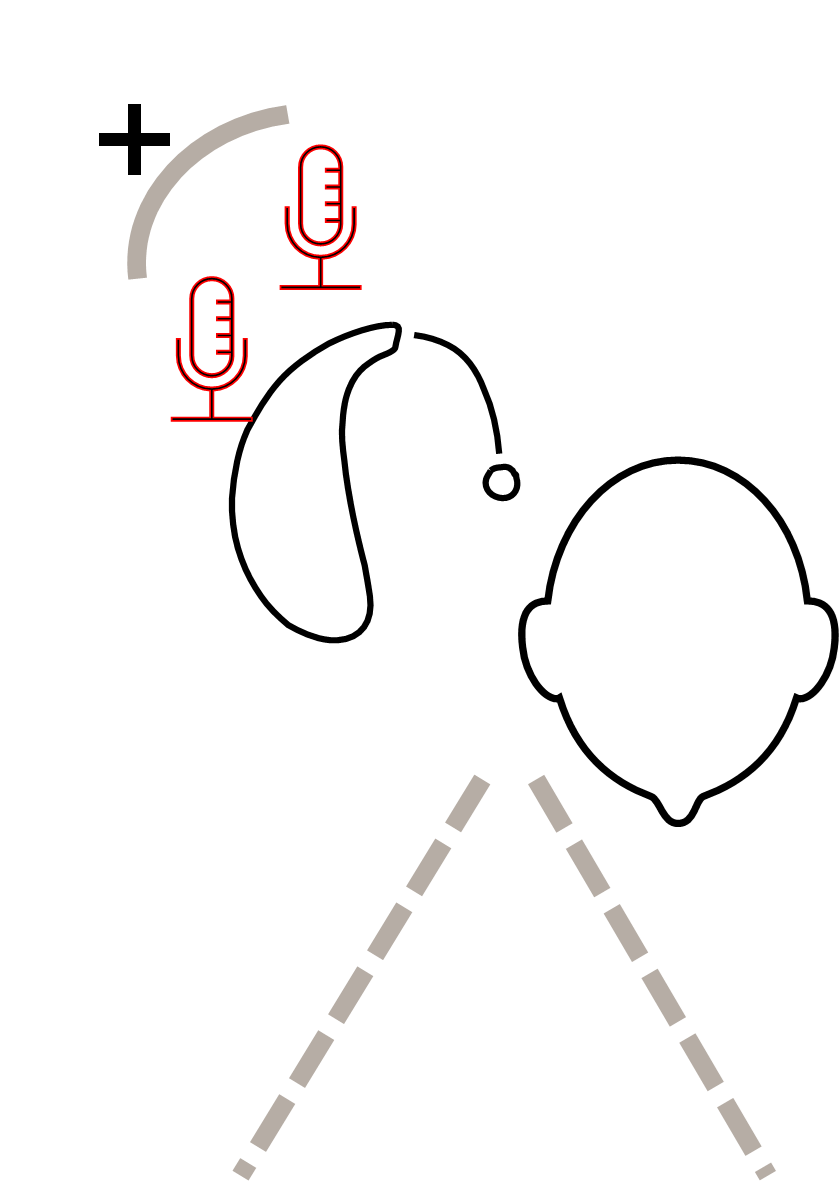
Figure 2. Two-microphone directional microphone mode in monaural fitting
Two microphone directional: binaural fit
The microphone mode shown in Figure 2 can be extended to a binaurally fit pair of hearing aids as shown in Figure 3. What is important to note is that the directional algorithm in each hearing aid operates independently, even though the decision about whether to activate directionality can be aligned via ear-to-ear data exchange about the listening environment. This microphone mode has the same advantages and disadvantages as the monaurally fit two-microphone directional mode although the SNR boost can be slightly better depending on spatial location of speech and competing sounds. In addition, the fact that each device incorporates an independent two-microphone beamformer means that different sound streams are presented to each ear of the user. The brain can leverage these differences to help in segregating desired sounds from unwanted sounds.
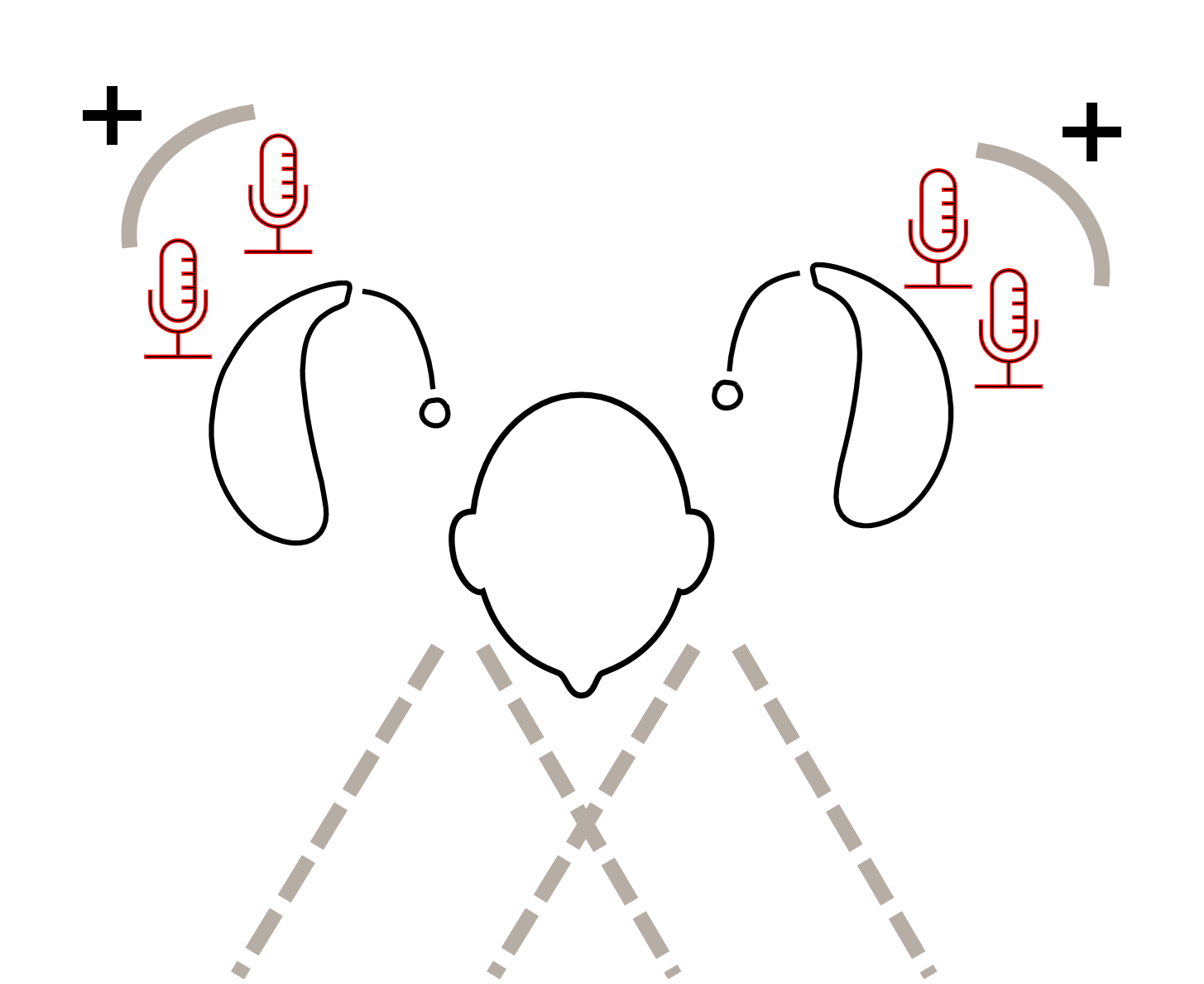
Figure 3. A binaural fitting with two-microphone directionality
Four-microphone directionality: binaural fit
This microphone mode is the newest although hearing aids featuring four-microphone directionality have been marketed for well over a decade. This microphone mode uses a network of all four microphones on a binaurally fit set of hearing aids to create a binaural (also called bilateral) beamformer. The binaural beamformer uses all four microphones to form a signal which has only one narrow directional beam. This key difference to binaurally fit two-microphone directionality is illustrated in Figures 3 and 4 by the two directional beams (Figure 3) versus one directional beam (Figure 4) in front of the user. Thus it is a monaural signal that is delivered to both ears. This microphone mode can be shown to technically provide a large improvement in SNR compared to two-microphone modes. However, perceptual results show smaller advantages. This is partly due to the lack of ITD cues. However, it is also problematic that the same signal is presented on both sides; the brain is not provided with differences in the sound between ears that can help in separating and focusing on the desired ones despite the easily demonstrable technical advantage of the technology.
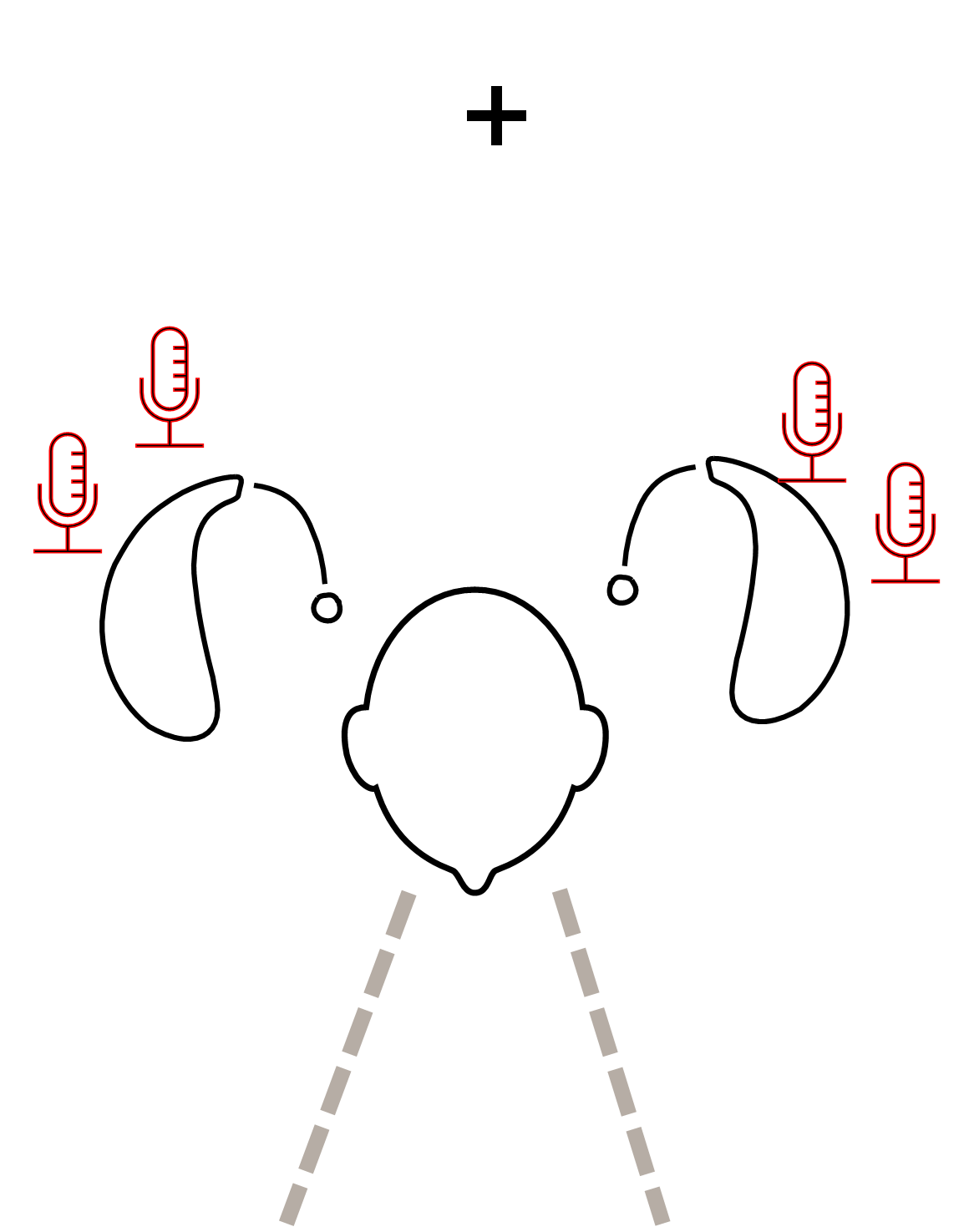
Figure 4. Four-microphone beamforming uses a network of the microphones on two hearing aids to create a monaural signal that is delivered to both sides.
Combination of microphone modes: the ReSound binaural beamformer
The four-microphone binaural beamformer in ReSound hearing aids avoids disadvantages of typical four-microphone systems. This is accomplished by splitting the input into three frequency bands and applying a different microphone mode to each band to optimize advantages of each mode. As illustrated in Figure 5, the low frequencies are processed in an omnidirectional microphone mode to provide the best sound quality, minimize proximity effects associated with directional processing, and preserve ITD cues. The mid frequencies are processed with the four-microphone beamforming to provide the highest SNR improvement in the most important frequency region for speech understanding. And finally, the high frequencies above 5000 Hz are processed as two-microphone directionality to provide invariant monaural spectral cues and an important SNR improvement.
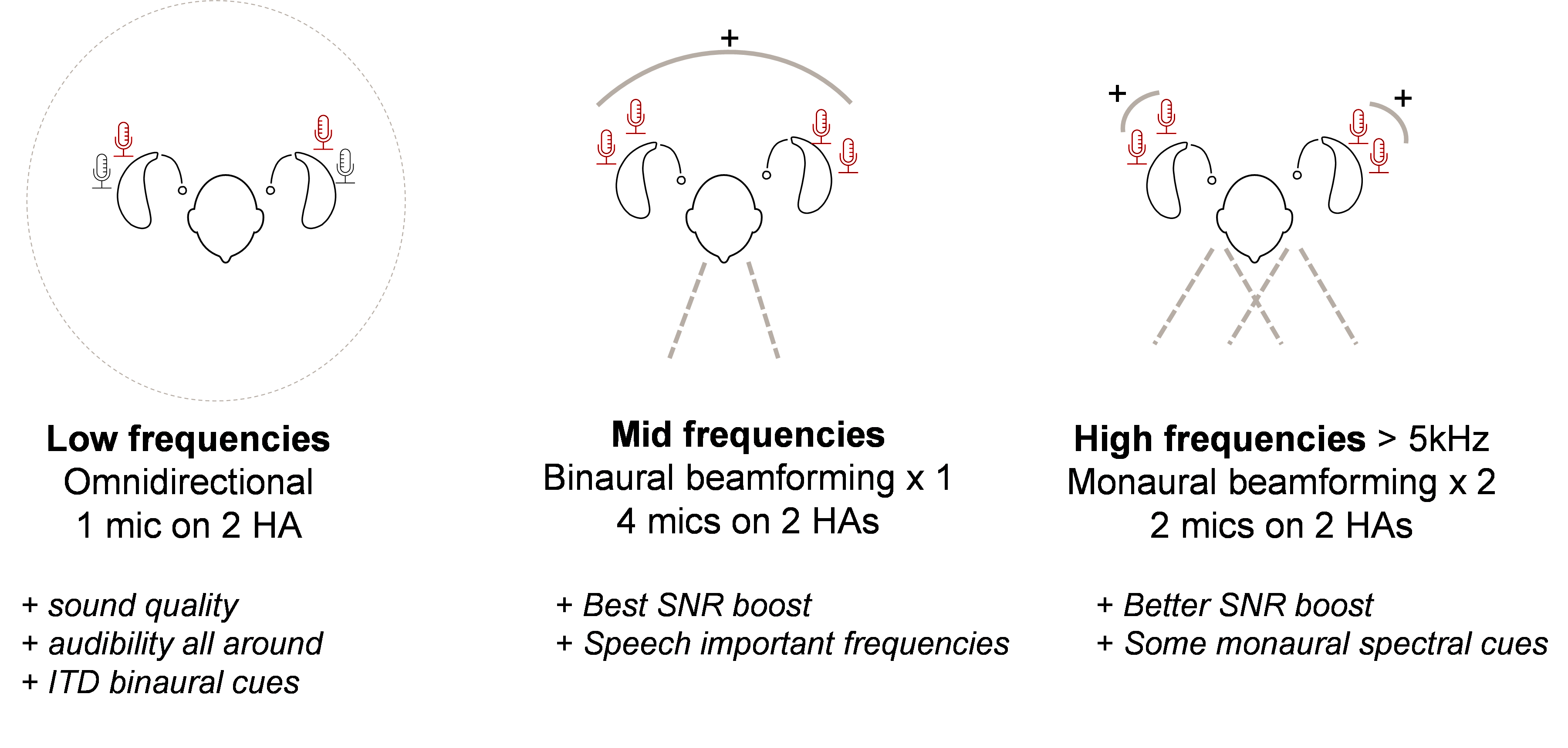
Figure 5. The ReSound four-microphone beamformer operates in the mid-band frequencies. This gives a high boost in SNR while still preserving important binaural hearing and localization cues and sound quality.
References
1. Jespersen, C. (2023). Hearing Aid Directional Microphone Systems for Hearing in Noise. In Hearing Loss – Diagnosis, Management and Future Challenges, Ciorba, A. and Hatzopoulos, S. (Ed.). London. InTech, in press, DOI: 10.5772/intechopen.1002822

